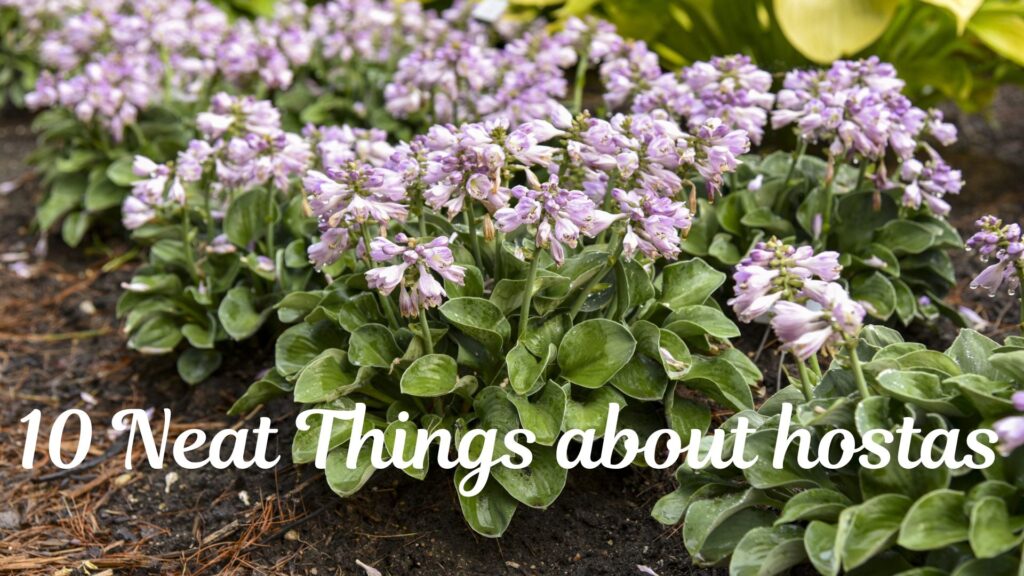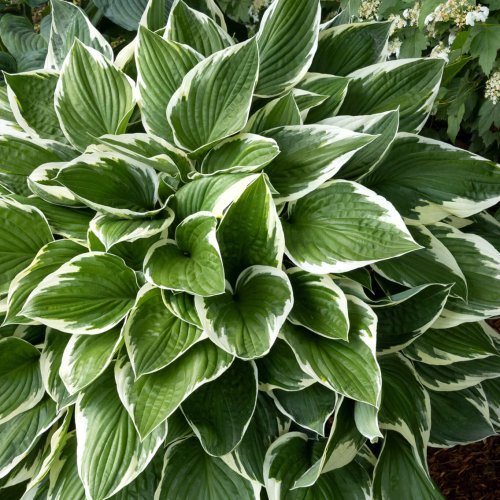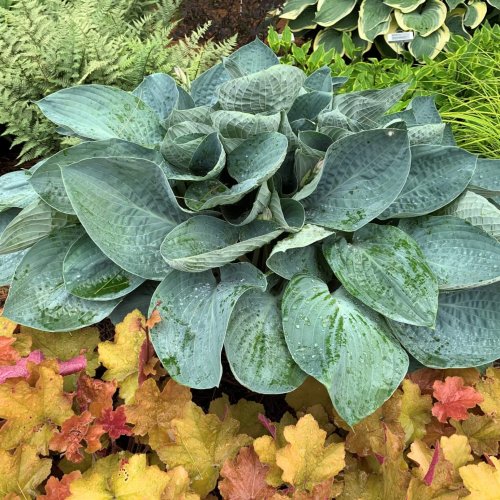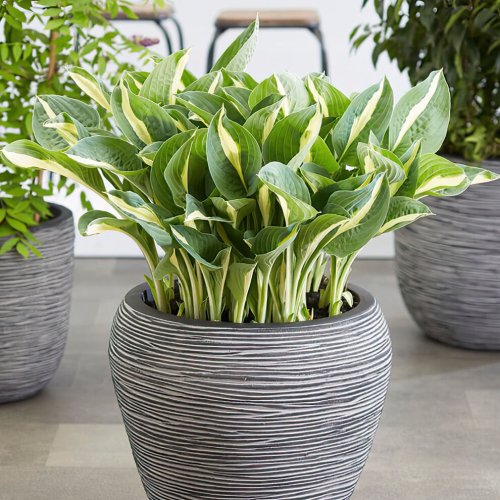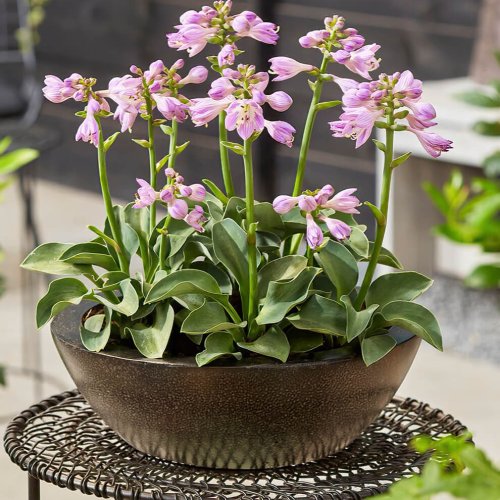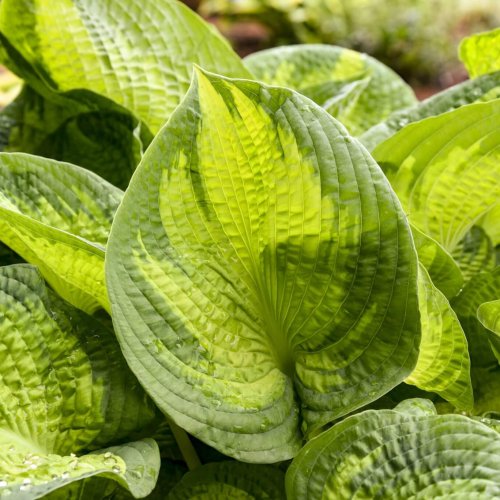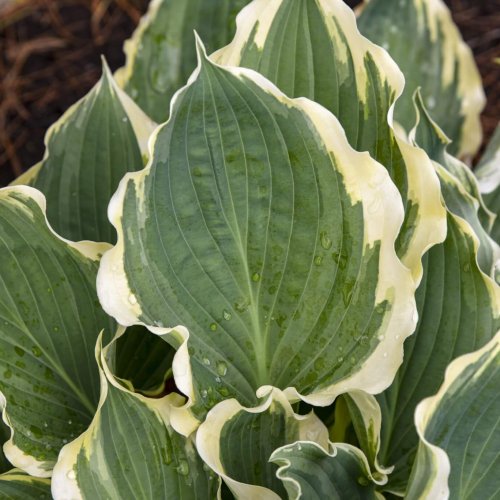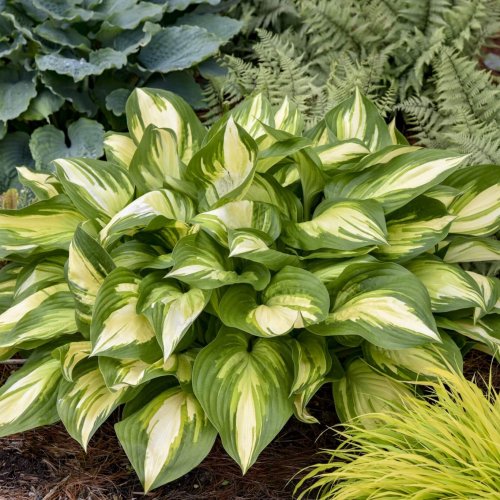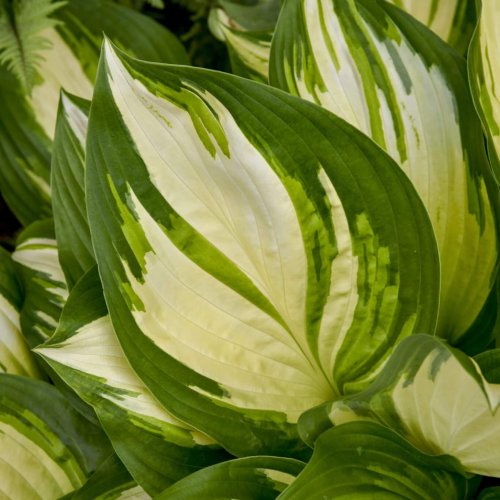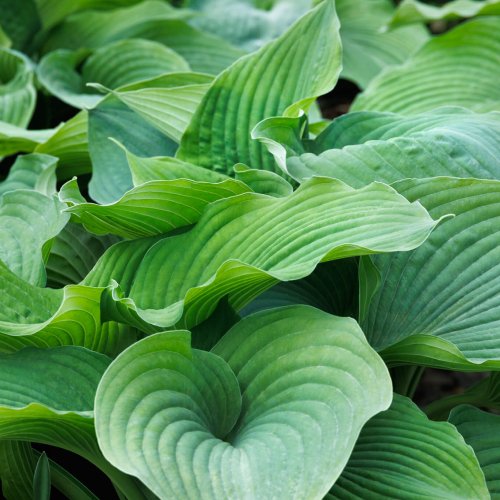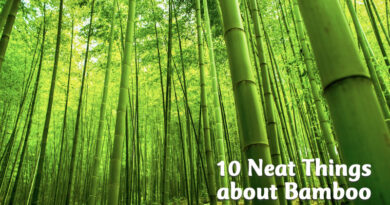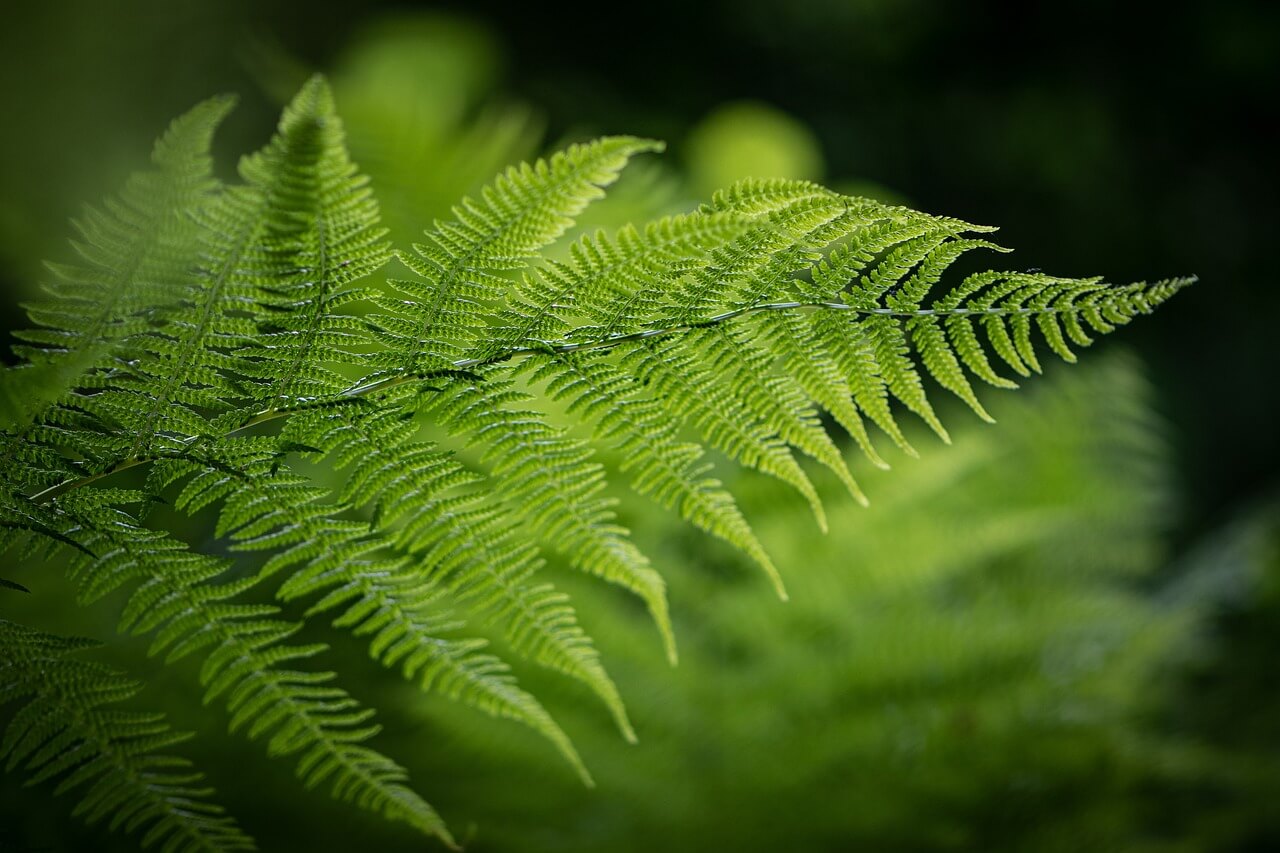10 Neat Things About Hostas
1. You can eat them?
Yes! Young hosta shoots are edible and are considered a delicacy in some cultures, including in Japan where they are known as urui. Harvested in the spring, hosta shoots can be lightly sauteed with soy sauce and butter, blanched and served in salads, pickled or used as a fresh garnish. Harvest when they are about 6 inches tall, before the leaves unfurl. Apparently, they are juiciest early in the morning.
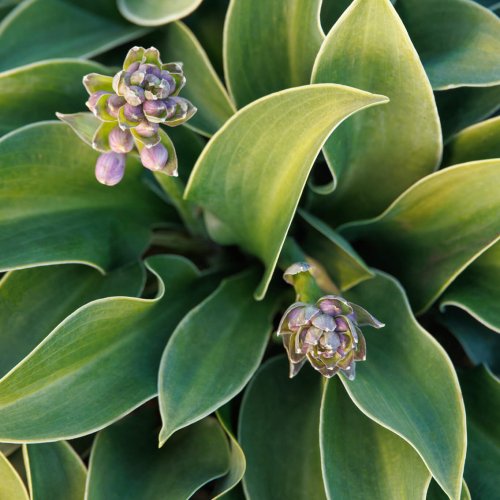
2. Northeast Asia.
Hostas are native to Japan, Korea and China, where they grow in forests and along riverbanks and they have been cultivated there for hundreds of years. They were introduced to Europe in the 1700s and given their botanical name in the 1800s to honour Austrian botanist Nicholas Thomas Host.
3. Beauty in the shade.
They are known amongst gardeners for their ability to grow in the shade, making them a top choice for less sunny areas. They surged in popularity in the 1990s and 2000s, making people want them for sunny gardens too. Now you can get different varieties for all levels of sunshine. The yellower ones are more sun-friendly.
4. Variety.
Hostas are grown for their foliage. Big leaves in shades of green, blue, gold and creamy white come in various sizes, shapes and textures. Recently, red stems on the leaves have become popular and there are several attempts to hybridize this colour into the leaves. ‘First Blush’ is an iteration of this.
5. Flowers.
The blooms of hostas shouldn’t be overlooked. In summer, spikes of white or lavender flowers will arise in the centres of the plants. Some gardeners don’t care for them and will cut them off immediately, but the flowers are quite pretty, and some of them have a lovely scent.
6. Growth habit.
The foliage forms a rosette, which can range in size, depending on the variety, from 6 inches across to 6 feet. Some of the biggest are ‘Empress Wu’, ‘Sum and Substance’, ‘Above the Clouds’ and ‘Dreamweaver’. Some of the smallest are ‘Baby Bunting’, ‘Munchkin Fire’ and anything with “mouse” in the name.
8. Hybridization.
An old website states that they have “8,842 pictures of 4,153 cultivars and species” of hosta (plantsgalore.com). There are over 40 species (like Hosta siebolidana, Hosta plantagenea and so forth). The different cultivars (the named varieties) have come about for a few reasons. One is because there are many hostaholics who will pay big dollars for a new one. Another is because they’re relatively open to cross-pollination.
9. Pests.
Hostas can live 30 years or more, making them a good investment, but they do have one particular pest that gardeners rue: slugs. Or, depending on your area, snails. Or both. To avoid this problem, choose hostas that are slug-resistant; these will be ones with thicker flesh. Water them deeply but infrequently. During a rainy year or if neither of these has helped, go out after dark with a flashlight, gloves and a bowl of salt and squish them.
10. Medicine.
They have therapeutic effects including analgesic, antibacterial and anti-inflammatory and they are rich in steroids and flavonoids. Some believe the flowers to have cancer-fighting properties. Whether hostas can cure your ills or not, all parts of the plant are edible and nutritious.

